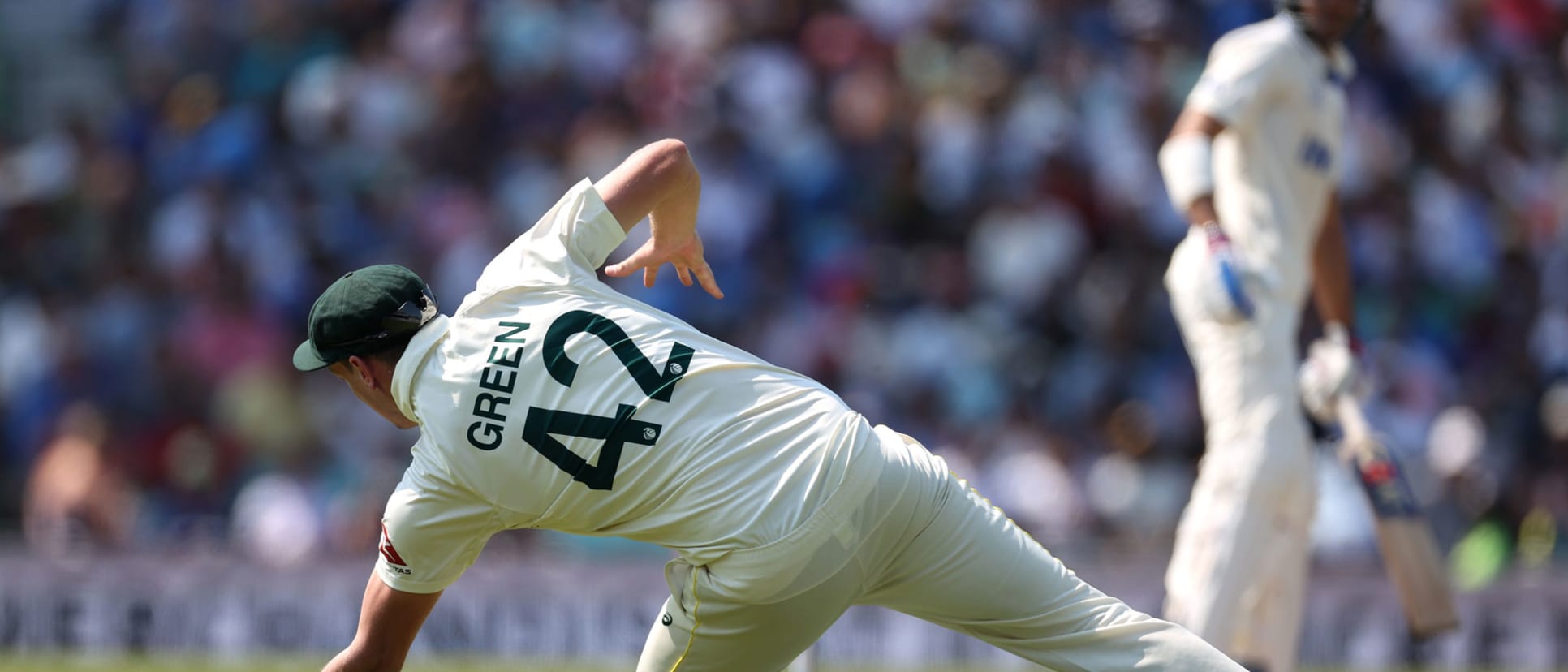Why soft signal wasn’t used to decide Shubman Gill wicket

Shubman Gill’s edge off Scott Boland flew to Cameron Green at gully, where he stooped to take a catch low to his left.
But there was some doubt over whether or not the ball touched the ground in the process of Green taking the catch, meaning the decision went upstairs to television umpire Richard Kettleborough.
Cameron Green took a low catch to send back Shubman Gill as India lost their first wicket of the second innings at the stroke of Tea.
The Australian fielder got his fingers under the ball, but Gill and his fellow India opener Rohit Sharma felt that the ground could also have come into play in the process of the catch being taken.
After lengthy deliberation and the studying of numerous angles and replays, the decision to give the catch was made and a visibly frustrated Gill was forced to leave the field of play.
The dismissal was the final action before tea, with India one down in search of a record chase total of 444.
Australia declared after losing the wicket of Pat Cummins, setting India a target of 444 on Day 4.
The incident was particularly noteworthy given the lack of a soft signal in the decision-making process.
The soft signal regulation was removed from the ICC Playing Conditions at the start of June, with the new laws coming into play for the first time when England played Ireland at Lord's a week ago.
"The on-field umpires will consult with the TV umpire before any decisions are taken," the ICC confirmed when the changes was announced in May.
“Soft signals have been discussed at previous cricket committee meetings over the last couple of years," Sourav Ganguly of the Men’s Cricket Committee added.
"The committee deliberated this at length and concluded that soft signals were unnecessary and at times confusing since referrals of catches may seem inconclusive in replays."
Law 33.3 of the MCC Laws of Cricket offers some context. The law defines the act of a catch as being judged "from the time when the ball first comes into contact with a fielder’s person and shall end when a fielder obtains complete control over both the ball and his/her own movement."